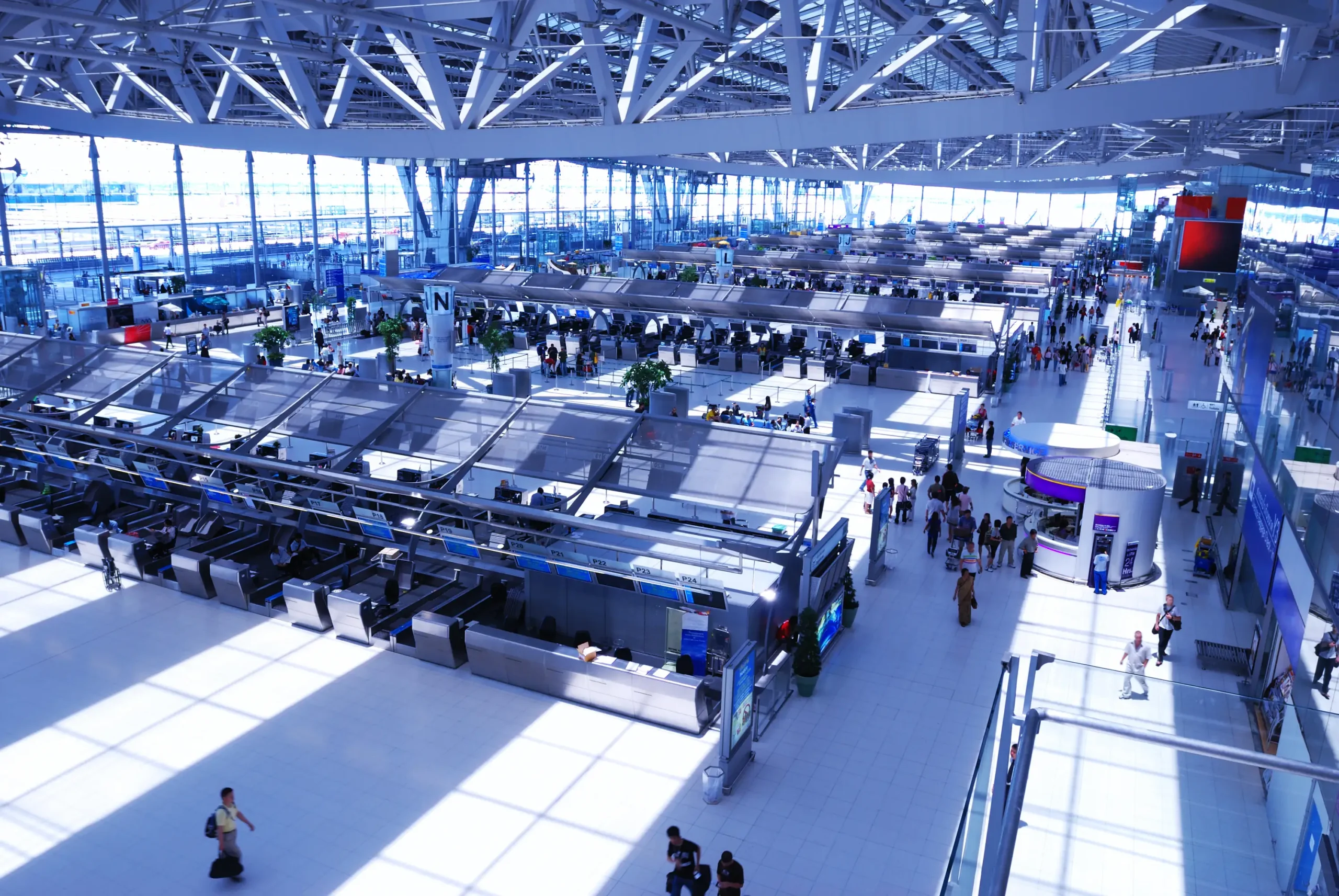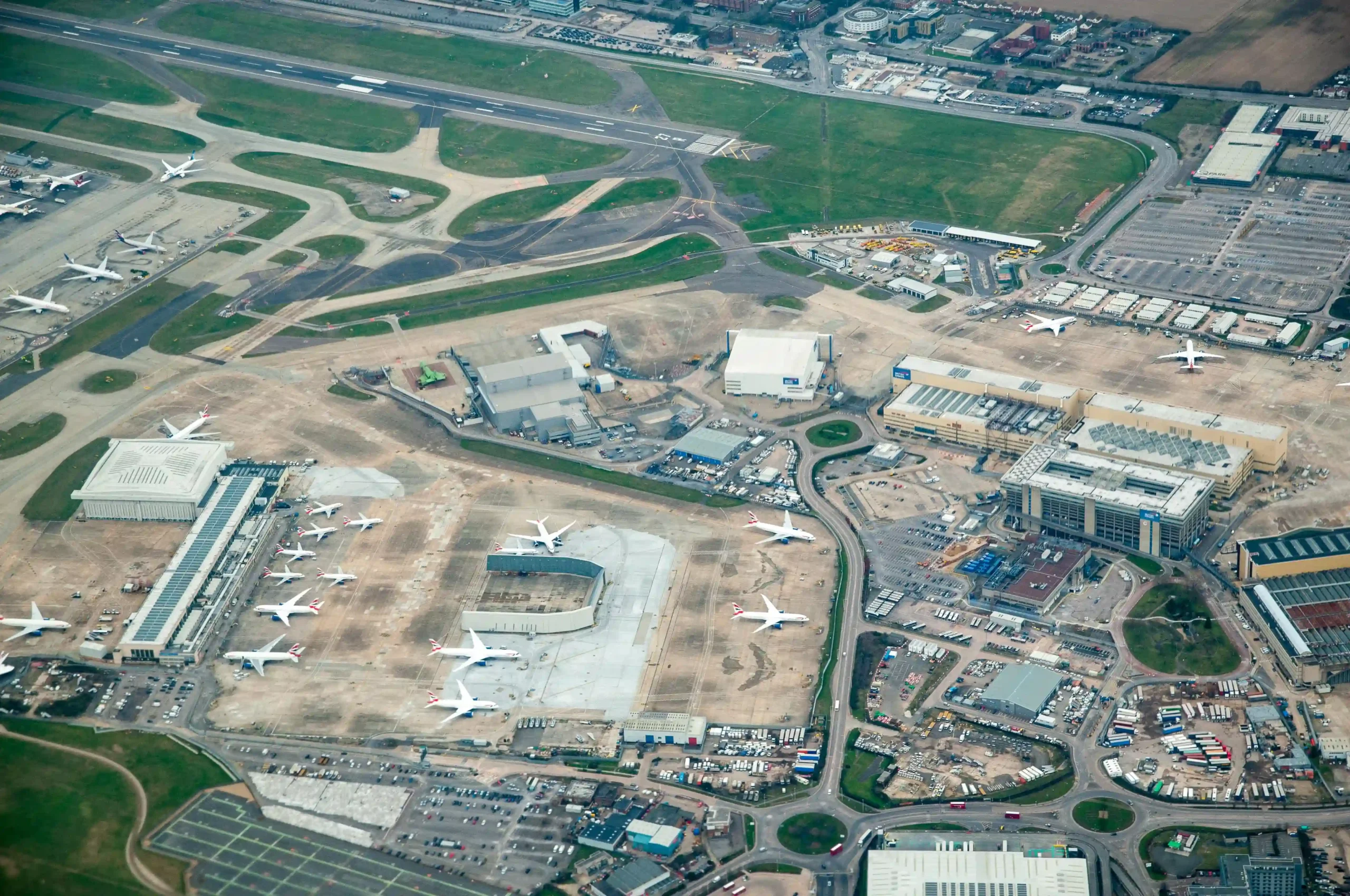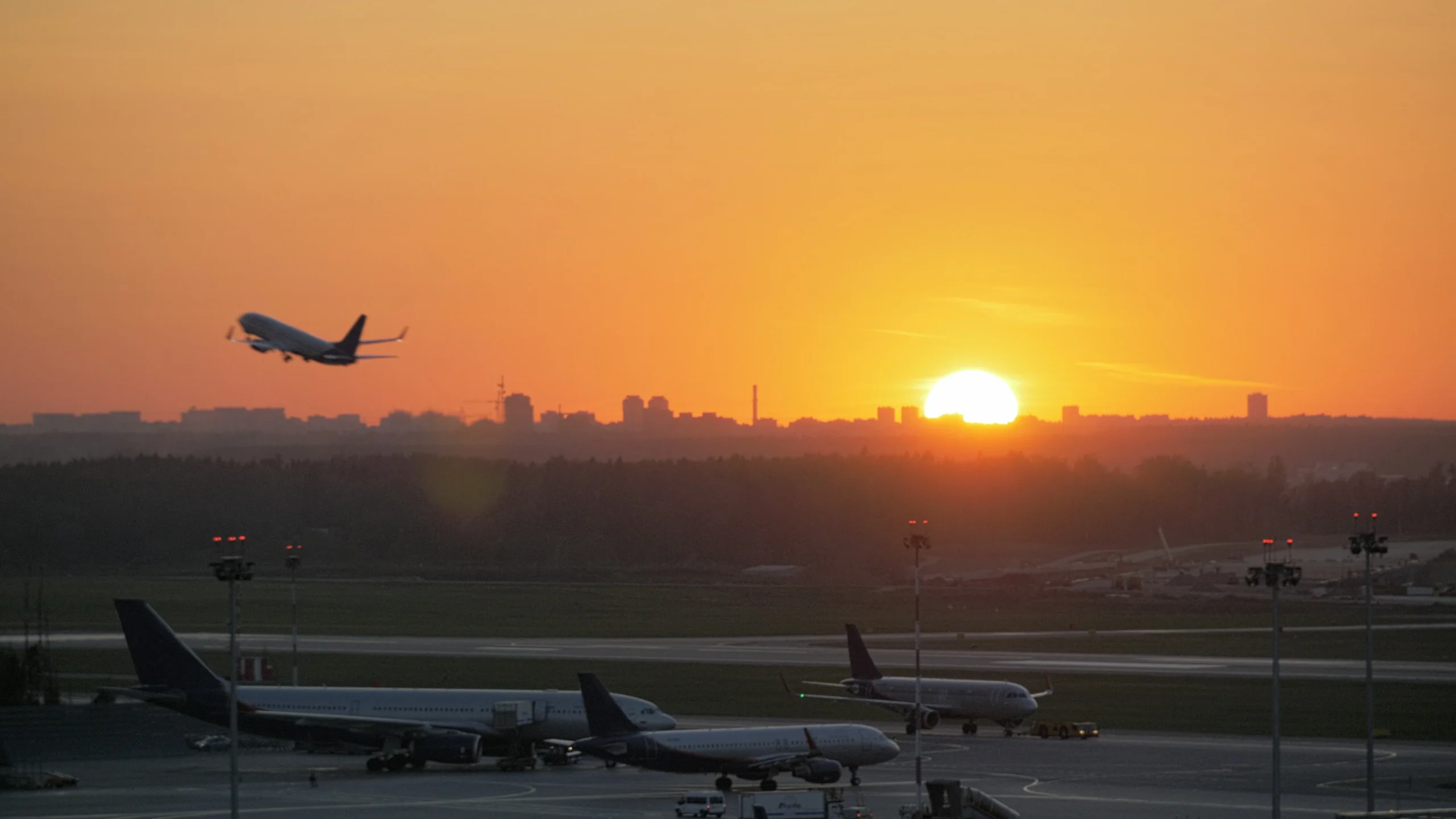Late last December, Maria stepped off a late-night flight into Atlanta’s Hartsfield–Jackson Airport (ATL) just as she does weekly. Over coffee, she joked that missing the Plane Train (the terminal tram) was the only way she’d finally see the city. Her story isn’t unique; last year 796,224 flights took off or touched down at ATL, serving over 108 million passengers, making it the busiest airport globally.
These bustling hubs are logistical marvels and bellwethers for aviation trends. 2025 is a great year for expansion in aviation, and here we’re provided the opportunity to explore the busiest airports of 2025 and why they lead.
Top Airports Ranked
Walk through any major airport right now, and you’ll feel it, the hum of movement, machinery, and people. The world’s busiest airports are quickly becoming global ecosystems, connecting even the furthest corners of the earth. In 2025, a few are standing head and shoulders above the rest. Here are the results, in order of volume of passengers, according to FactoData:
- Leading the charge is Atlanta’s Hartsfield-Jackson International Airport. ATL has dominated the top spot since 1998 and was only knocked off in 2020 due to Covid-19 restrictions. It bounced back in 2021 and now operates 2,600 flights per day.
- Close behind in second position is Dubai International Airport (DXB), with 92.3 million international travellers last year. DXB has rapidly become a strategic connector between continents. You’d be hard-pressed to find a long-haul route that doesn’t touch Dubai at some point.
- Surprising many by claiming the number three spot is Dallas/Fort Worth (DFW), which served 87.8 million passengers in 2024. It’s proof that American domestic travel is still a powerhouse and that DFW’s growth in long-haul flights is paying off.
- Coming in fourth is Tokyo Haneda (HND) having served 85.9 million passengers. HND remains Japan’s busiest airport and is known for its remarkable efficiency and growing importance in regional and international travel.
- In fifth place is London Heathrow (LHR). Heathrow served 84 million passengers in 2024, despite talks of capacity issues. Heathrow still holds ground as Europe’s aviation epicentre, particularly for transatlantic traffic.

Regional Highlights
Zooming in on each region reveals how airports are rising to meet demand in different ways, through strategic expansion, smart design, and sharp operational focus. From domestic powerhouses to international connectors, these hubs are defining the rhythm of global air travel in 2025.
North America
Atlanta and Dallas-Fort Worth dominate as connectivity beacons for domestic and international travel. Though interestingly, neither of these airports place within the top 10 for international travellers alone, emphasising just how important these hubs are to domestic U.S travel network.
Despite its size, ATL operates like a well-oiled machine. Everything from the check-in process to the Plane Train that whisks passengers between terminals feels engineered for flow and efficiency.
Over in Texas, DFW has emerged as a global force in its own right. What was once seen primarily as a domestic stronghold has now grown into a serious international player, thanks to smart airline partnerships and good strategy. Plans have been put into motion to increase the estimated Terminal F investment to approximately $4 billion.
Middle East
In the Middle East, DXB continues its reign as the world’s busiest international airport. Its location between Europe, Asia, and Africa makes it an ideal global connector, and Emirates’ long-haul model is still one of the most efficient in the industry. The airport operates with a military-grade level of precision, handling an average of over 1,100 flights per day.
Whilst nearby Doha Hamad International Airport (DOH) doesn’t make the top 10 for busiest airports by the total number of aircraft movements. It is in 10th place for the number of international passengers travelled, having served over 52.9 million passengers in 2024. Its recent expansion and opening of Concourse E has added 51,000 square metres of space and features eight new gates. DOH has built its brand on experience, winning praise for its futuristic design and high-end lounges.
Europe
Heathrow is Europe’s megahub, despite only having two runways and operating close to full capacity. Transatlantic routes remain its bread and butter, and Heathrow’s slot scarcity ensures high demand and yields.
Istanbul (IST) is emerging as a vital pivot point, becoming the top-connected airport globally with over 309 nonstop destinations. IST has become a key junction between East and West. Turkish Airlines now flies to more countries than any other carrier, giving IST unmatched global reach.
Asia-Pacific
Tokyo Haneda has reasserted itself as the crown jewel of Japan’s aviation system. Known for punctuality and efficiency, HND is uniquely situated: close to the heart of Tokyo, yet spacious enough to absorb increasing demand. Its mix of international growth and robust domestic traffic means HND remains resilient.
Meanwhile, Hong Kong International (HKG) is proving that recovery is real. Once rocked by regional instability and pandemic restrictions, the airport saw a sharp rebound, reaching 52.9 million passengers in 2024.

Why These Airports Lead
What makes Atlanta, Dubai, Dallas Fort Worth, Tokyo Haneda, and London Heathrow stand apart isn’t just passenger volume, it’s the way they’ve built systems that support rapid growth, resilience, and game-changing innovation. Take Atlanta Hartsfield‑Jackson, for instance. With five parallel runways and an advanced air traffic control setup, it effectively manages the highest volume of airline traffic in the world. Every element of ATL is purpose built and optimised for maximum efficiency. Having parallel runways means that planes can take off and land simultaneously, therefore increasing the number of slots available. With the growing number of flights and the increasingly high operational workload at these global hubs, there is also a rising demand for ground handling specialists. These professionals play a vital role in ensuring smooth turnaround times, efficient baggage handling, and overall operational safety on the ground.
“The airports leading today are those that combine smart infrastructure with long-term vision,” says Jekaterina Shalopanova, Chief Business Officer at Aerviva. “They’ve built environments that keep pace with demand while setting new standards for efficiency and global connectivity.”
Dubai International and Dallas/Fort Worth showcase what location combined with targeted strategy can achieve. Dubai’s location, midway between Europe and Asia, has made it Emirates’ global launchpad. Connecting the east and the west via long-haul flights with one convenient stopoff. Whereas in Texas, DFW’s transformation from a regional hub into a global gateway reflects long-term investments and a convenient location between two major cities in the USA.
Elsewhere in the world, Tokyo Haneda’s reliability is unmatched, handling high volumes of passengers with industry-leading punctuality. Location-wise, it is conveniently located near the economic heart of Asia, therefore making it a convenient stop for those travelling to the area. Meanwhile, London Heathrow still functions near peak capacity, in part due to being just hours from both North America and the Middle East. However, with only two runways, this is a testament to precise scheduling, incisive slot management, and robust terminal design.
Where the World Takes Off
Together, the busiest airports set the tone for what’s next; smarter infrastructure, seamless passenger flow, and global networks that move at the speed of demand.
Whether you’re an operations expert in Dallas, a cybersecurity analyst in Dubai, or an air traffic planner in Tokyo, this new era of air travel demands bold talent with a global mindset.
At Aerviva, we work with aviation professionals every day who are part of shaping this future. If you’re looking to take your next step forward, we’re here to help you navigate your career at cruising altitude.

